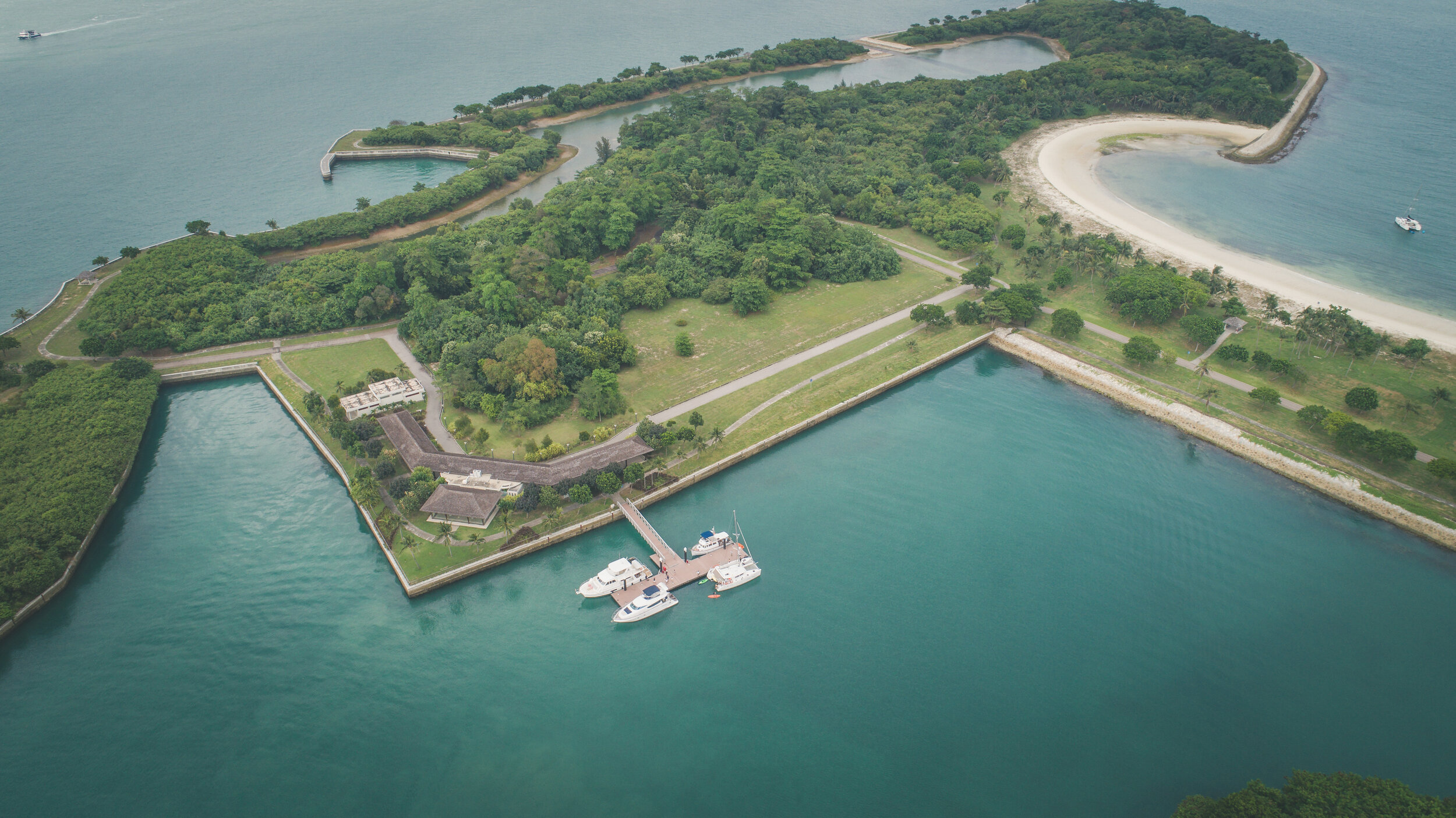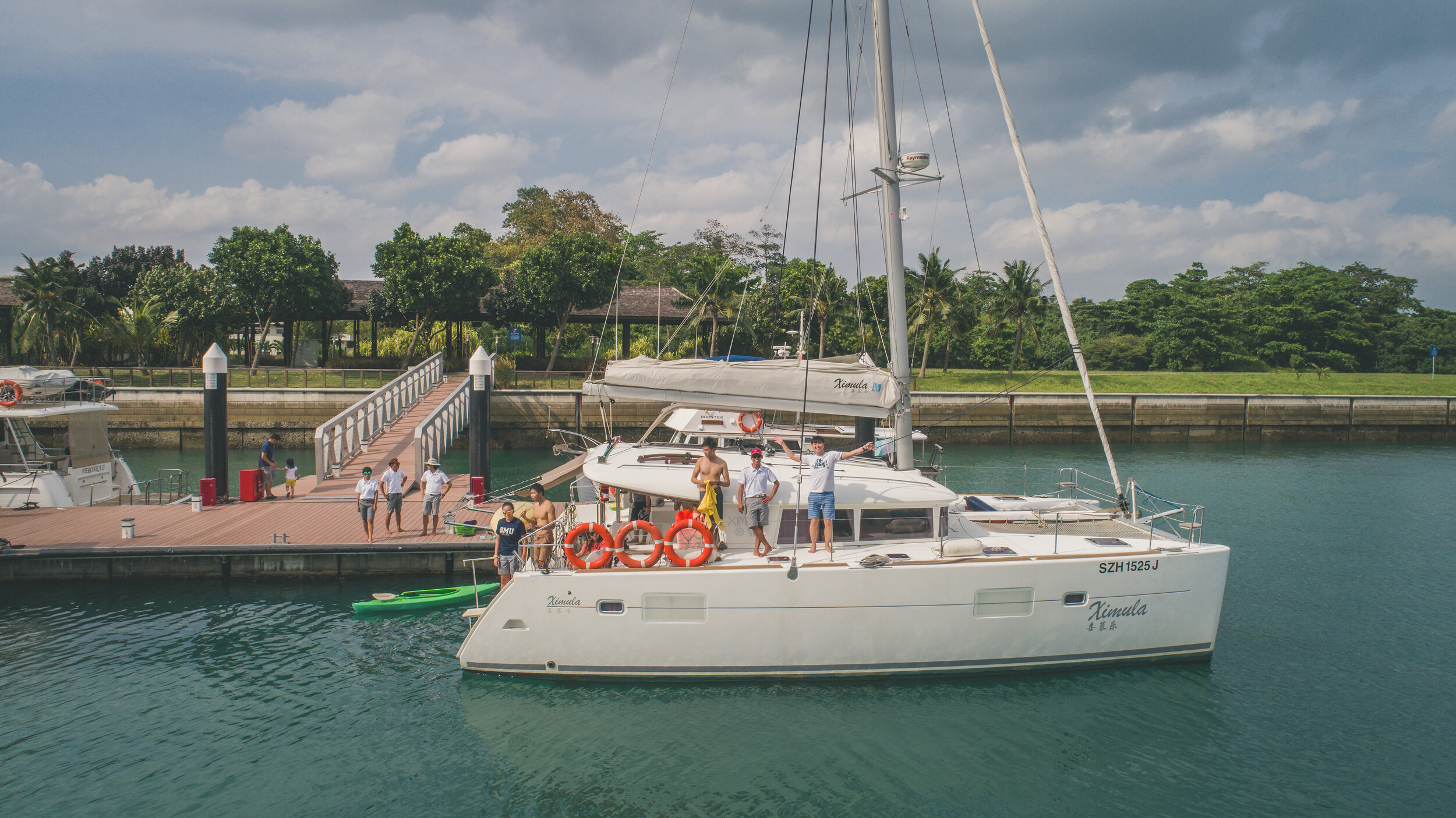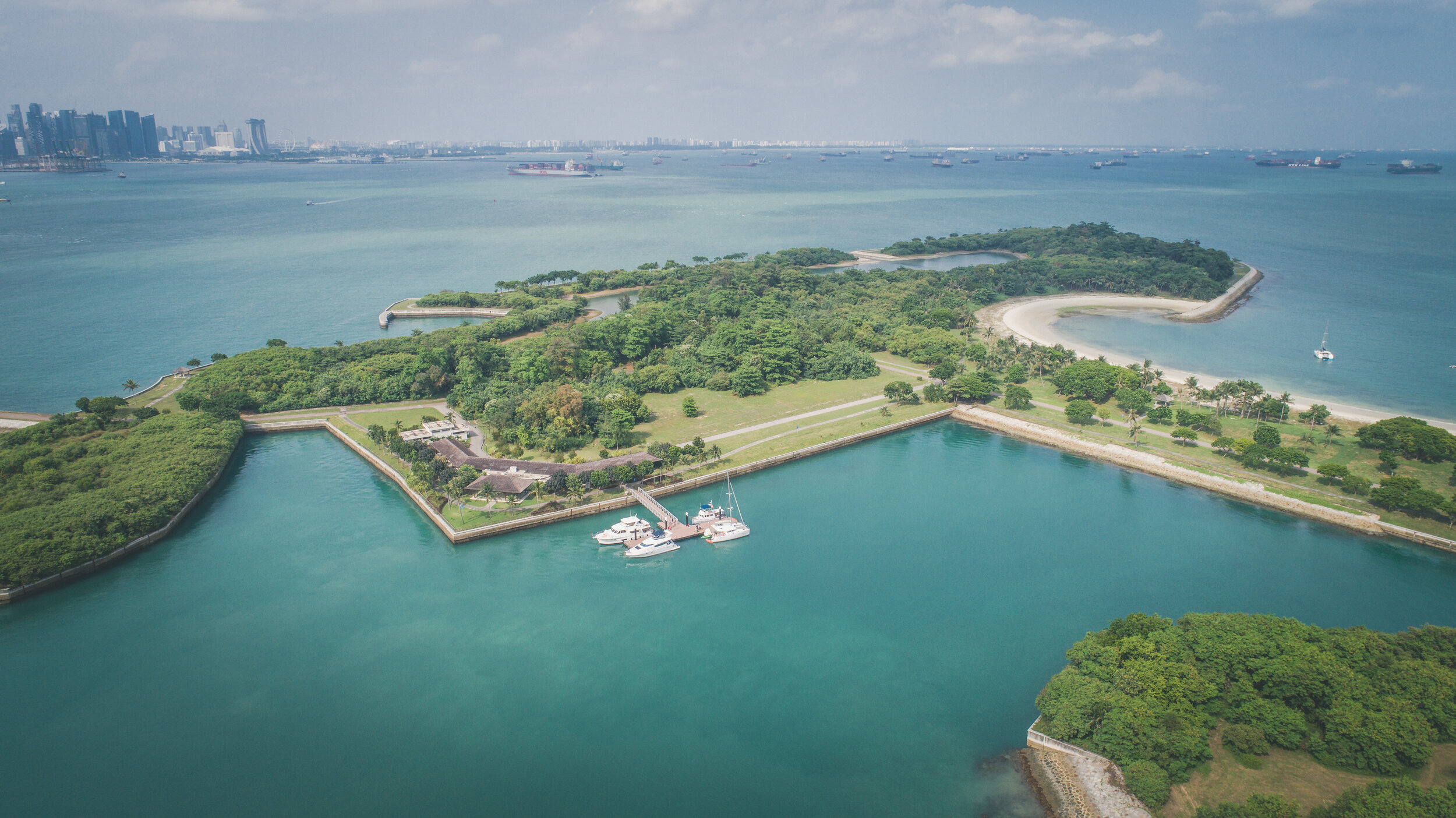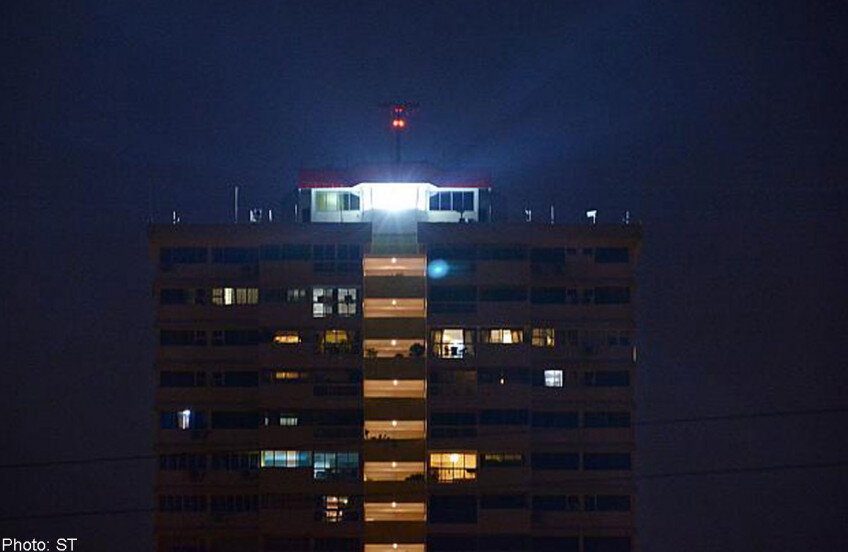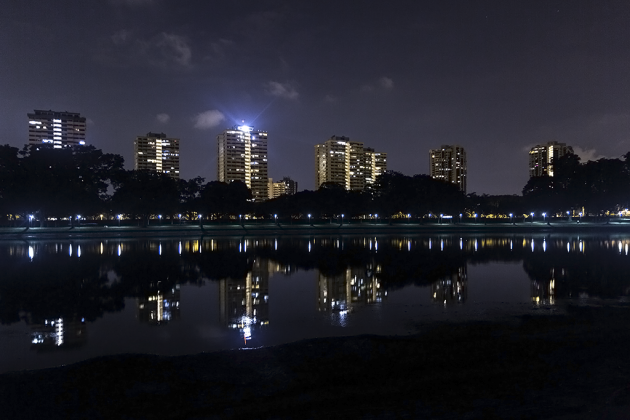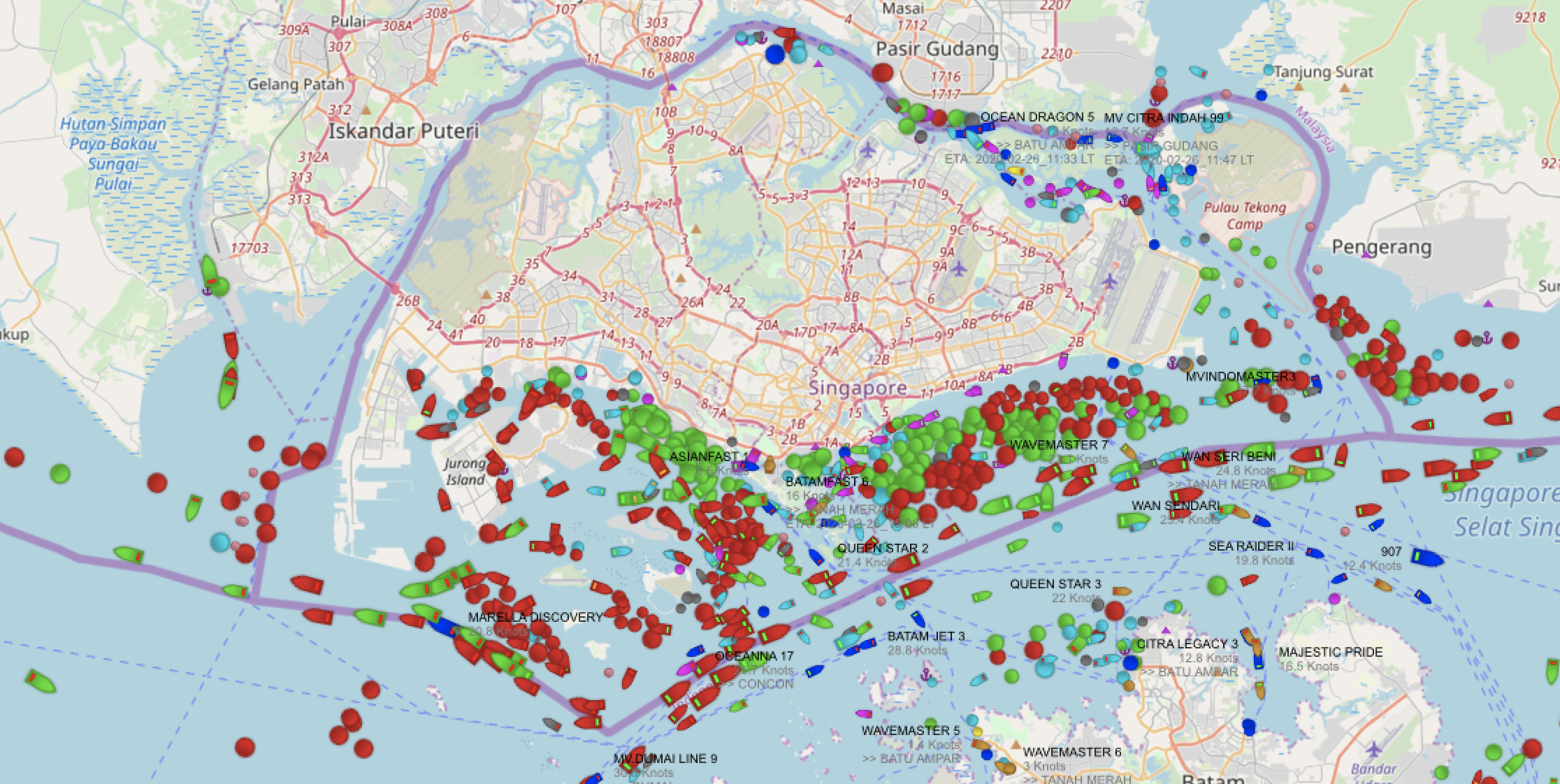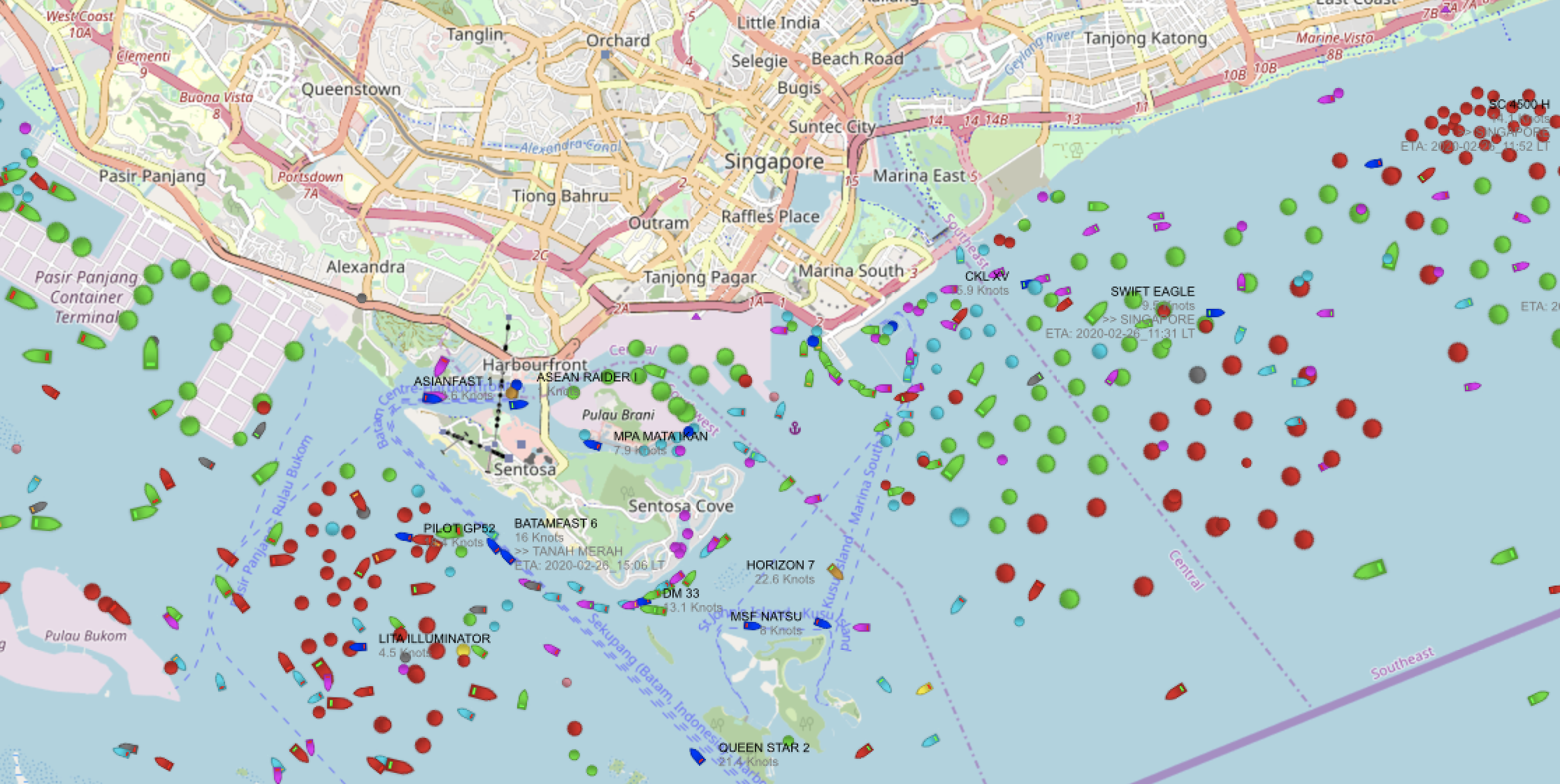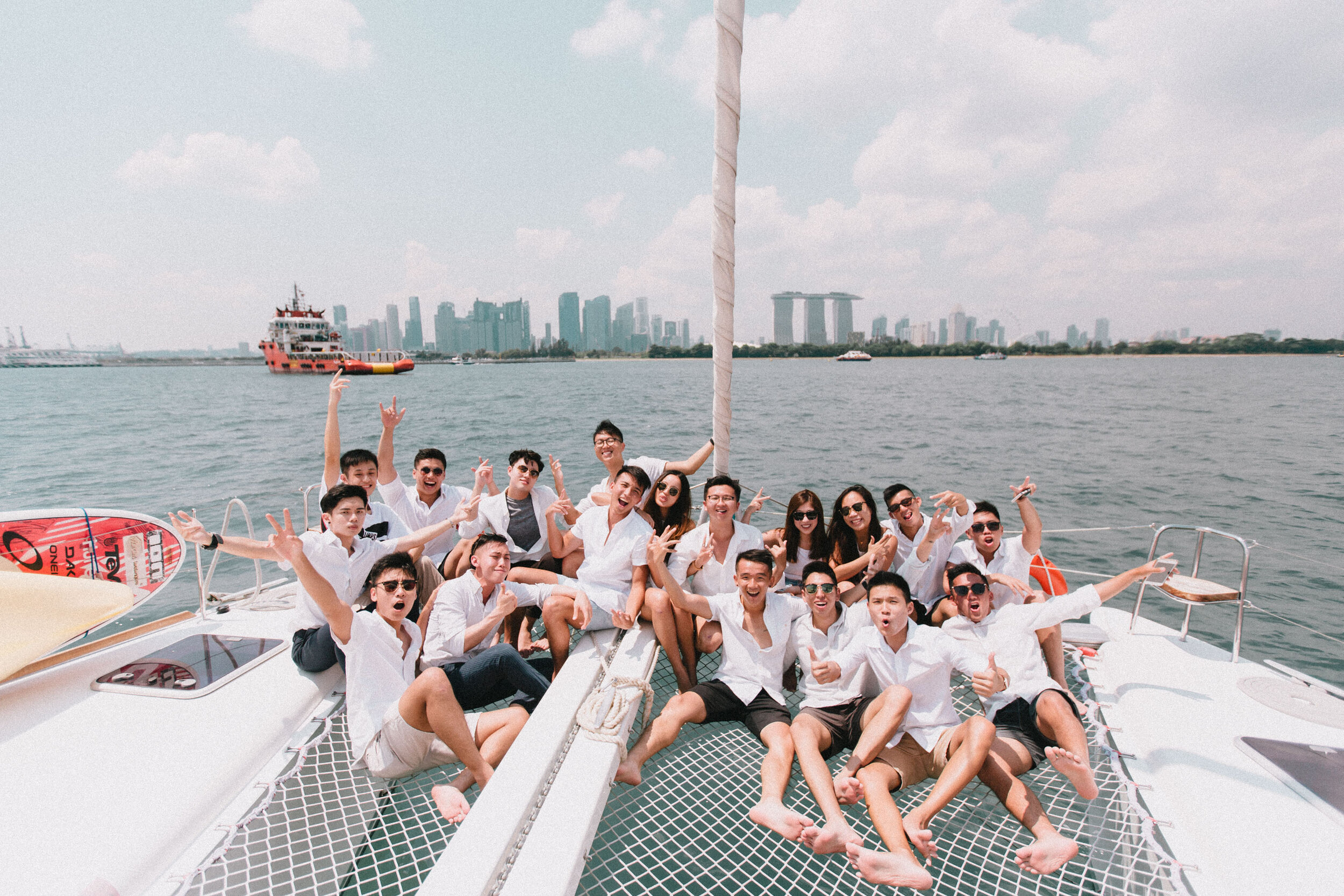4 Unique Things to See while Sailing in Singapore
When we say Singapore, most people, locals and tourists alike, think of a city state characterized by a multitude of towering skyscrapers, a blend of diverse cultures, and a never-ending list of amazing food. Yet, we're also an island country surrounded by the vast sea and beautiful landscapes. And as you explore Singapore, has it crossed your mind that our roots began as a small fishing village? Seawater lives in our blood. If you haven’t got a chance to go out to sea, we’ve compiled a short list of uniquely Singaporean things that you might see within our local waters!
1. Many little islands that surround us.
How many offshore islands can you name around our waters? Most of us think Sentosa, Pulau Ubin, and Coney Island, but did you know…
Singapore is actually made up of 64 islands!
Yep, you read that right, SIXTY-FOUR ISLANDS!
If ever, you get bored of mainland Singapore, how about planning a day out to visit the beautiful Southern Islands? The Southern Islands of Singapore comprises of St. John’s Island, Lazarus Island, Kusu Island, and Sisters’ Islands, some of which you can visit by hopping onto a ferry from the Marina South Pier at only S$15/adult. Alternatively, you can go in style by booking a yacht with us 🤓(and save yourself the stress from keeping to the limited ferry timings so you won’t end up stranded on the island, and lugging all your picnic mats and baskets and tents and whatnots)! Our favorite spots where our yachts will anchor at during our charters is in a small beautiful bay surrounded by a U-shaped beach, also known as Eagles Bay located in Lazarus Island, or in another enclosed bay of calm waters located in St. John’s Island.
Drone shots by our partner photographer Life View.
These islands that surround our island country each have their own histories.
For instance, did you know that Lazarus Island was once inhabited by over 40 families, totalling up to roughly 100 inhabitants? How about St. John’s Island - once used as a quarantine centre for immigrants looking to build their lives in Singapore?
Here’s a video series that we absolutely love from from a CNA series titled “The Islands that Made Us”! This one is about St. John’s and Lazarus Island:
2. Lighthouses that we still use to navigate out at sea.
Did you know that our lighthouses which have existed since the 1850s are still functioning today? Lighthouses serve as critical beacons of lights that guide vessels to navigate safely into our port. Out of the 9 lighthouses in Singapore, 5 main lighthouses are managed by our Maritime & Port Authority (MPA) and still clearly visible out at sea -
4 of which are located on offshore islands - Horsburgh Lighthouse, Raffles Lighthouse, Pulau Pisang Lighthouse, Sultan Shoal Lighthouse; while 1 of them is actually located on the roof of a 25-storey condominium on mainland Singapore: Bedok Lighthouse.
While these lighthouses are not accessible to the general public, it is possible to sail past and view them from the sea. On board our yachts, as we cruise up towards Marina Bay for a view of Singapore’s city skyline, we like to point our guests east towards a bright light in the distance, blinking every 5 seconds - that’s Bedok Lighthouse. The Bedok Lighthouse is Singapore’s first fully automated and unmanned lighthouse, and is able to project its 600,000-candela light beam to a range of 22.5 nautical miles (42km). Here’s how it looks like, when you’re near the building:
3. cargo Ships EVERYWHERE.
Stating the obvious, you may say? While it is a norm for us to be able to see cargo ships everywhere, it is actually quite an unusual scene for our friends from other countries. As a free port, vessels are free to anchor within the Eastern, Western, and Jurong anchorages of Singapore, while they wait for clearance or additional cargo, or stopover to replenish supplies, bunkers, crew, etc. before moving off to the next port.
To show you exactly how many ships are in our waters, you can refer to these 2 images showing the current positioning of boats based on their Automatic Identification System (AIS):
Cargo ships are represented by the green markings, tankers by the red, and pleasure crafts (like our yachts) by the purple. The second image is a close up screenshot near the Tanjong Pagar Terminal.
As such, whether you’re on a plane overlooking the city, or on a small sailing yacht like ours, these vessels are a permanent, iconic part of Singapore’s landscape. More often than not, we even get a chance to see vessels entering and exiting our port.
Here are some statistics to truly understand why Singapore is termed as a Maritime Nation:
We’re the second busiest port in the world! Our strategic location, sheltered by neighbouring countries and blessed with deep waters, connects us to more than 500 ports in over 120 countries (that’s about 60% of the ports in the world)! Up to 70% of the world’s maritime economy transits through the Singapore Straits.
In 2018, our ports received 36.6 million twenty-foot equivalent units (TEUs), an 8.7% growth from 2017, making us one of the most important transhipment hubs in the world.
Annually, more than 130,000 ships call at Singapore.
Our maritime industry comprises of over 5,000 establishments, employing over 170,000 personnel, and contributes an average of 7% annual to our country’s Gross Domestic Product (GDP).
Locally, our waters are watched by a number of government agencies, including but not limited to: Republic of Singapore Navy (RSN), Immigration and Checkpoints Authority (ICA), Maritime and Port Authority of Singapore (MPA), Singapore Civil Defence Force (SCDF), Singapore Customs, and Singapore Police Force (SPF). The information gathered are then shared between the agencies to detect and make sense of potential threats.
Internationally, Singapore waters’ are being watched closely by many other nations. As an important hub to the world’s economy, the activities that happens in neighbouring countries would have a ripple effect, and ultimately affect us. The Information Fusion Centre in Singapore was set up in 2009 to facilitate information exchange in the neighbouring countries’ waters. As of 2019, officers from over 20 countries currently reside in Singapore, and report findings of the waters in their respective countries on a daily basis.
4. Our Rich marine life.
A snapshot of dolphins spotted recently as we were cruising out from Lazarus Island.
Unbeknownst to many, our waters are home to a surprising amount of marine life, with more than 250 species of hard corals that provide refuge for many sea creatures, from fishes to nudibranchs (sea slugs) to even sea turtles.
Although many find this hard to believe considering our murky waters and being surrounded by many ships, our nation has laws, such as the Prevention of Pollution of the Sea Act, to ensure that our waters remain as clear as possible, by governing the proper discharge and management of waste, oil, and garbage. There are also many initiatives, such as the Blue Plan 2018 which conducts activities to promote marine conservation efforts, and a turtle hatchery built on Sisters’ Islands by National Parks to provide a safe space for incubating turtle eggs.
Through these efforts, our waters are becoming increasingly clean and conducive for coral growth, and ultimately, a more stable and diverse ecosystem. You can even dive in Singapore, at islands such as Pulau Hantu, Pulau Jong, and even Sisters’ Islands.
In fact (and you may not know this), we sometimes spot sea turtles and pink dolphins at and around Lazarus Beach, where we anchor during our charters! If you’re visiting us at our marina, you may also catch a glimpse of our resident turtle which we affectionately named Bobby!
And there you have it - here’re are some of the unique things you may see while you’re out at sea! Did any of these surprise you? What are some of the things that you’d like to know more about - drop us a comment below and (maybe) we’ll write about it!
See you in our next post!
Open Sunset Cruises
Join us every Tuesday 6.30pm - 9.30pm.

